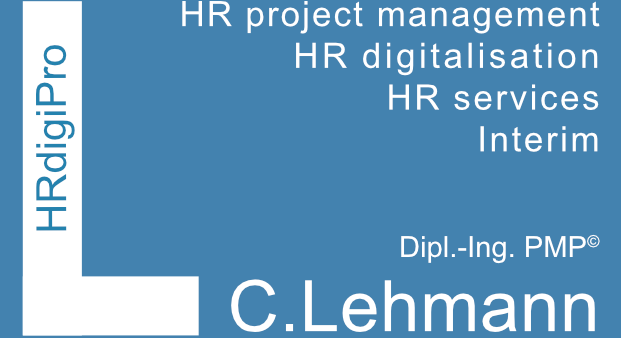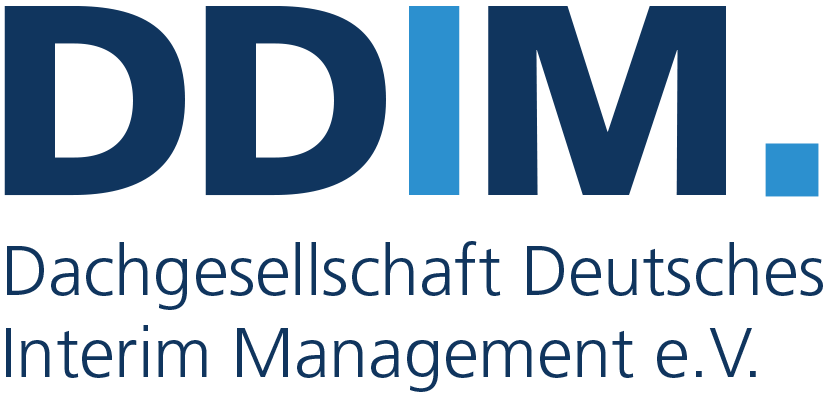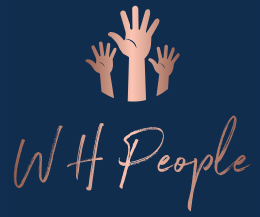Processes - FQA
Welcome to our website for HR processes! Here you will find comprehensive information on defining and optimizing HR processes. Our goal is to support you in implementing and improving your HR process landscape. Especially when using HR systems, whether it's implementing new systems or optimizing existing ones, prior analysis and transformation of your processes is essential. We understand the challenges and will show you how to find solutions.
What are HR processes?
HR processes encompass all personnel tasks within a company. These include, among others, recruiting, onboarding, employee development, and offboarding.
How do I define HR processes?
A well-defined process requires clear entry and exit criteria, the necessary steps and responsibilities, the tools used, and the content. Process visualization helps to clarify the process. Nevertheless, the process must be pragmatically accessible and manageable.
What HR processes exist?
HR processes include, among other things, application management, onboarding, performance appraisal, further training, payroll and offboarding. This covers the basic requirements for the employee life cycle in most cases.
How can I optimize HR processes?
Analyzing inefficient processes and bottlenecks using available data helps identify problems. How long does a process stall at a particular point, and why? Excel is a great tool, but it still requires a lot of manual input. Implementing HR systems to automate processes simplifies operations. Once employees are trained in using the new systems, it saves money and valuable time.
Which software is suitable for HR processes?
There are numerous software providers on the market. Which provider is best suited to a specific application depends on the requirements. These requirements and the complexity of the implementation arise from the processes themselves. In addition to the technical assessment, an analysis by the IT department is necessary to ensure a smooth migration of the new HR application into the existing IT landscape.
What are the advantages of automating HR processes?
The successfully implemented automation saves time in administration and reduces errors. It improves data quality and relieves employees of routine tasks.
The introduction initially leads to additional effort. Resources are required. Even if the implementation itself is carried out by external parties, the implementation guidelines must be developed and specified by the company.
Once implementation is complete, the company's own resources conduct an acceptance test. Here, the implemented system is tested based on a previously created (acceptance) test manual. To successfully complete this task, training may be necessary. Adequate training and employee involvement during the acceptance process are crucial, especially for ensuring system acceptance within the company. What good is a Rolls-Royce if no one knows how to drive it? The result is that everyone continues to drive the compact car.
How does a system-based application management system work in HR?
An efficient application management process, supported by an applicant tracking system (ATS), leads to a structured selection and processing of applications within the company. Documents are processed in compliance with data protection regulations and made available to the relevant department. Candidates consent to the use of their data and are invited to interviews or rejected via the applicant tracking system. Furthermore, integration with common search engines and applicant platforms is standard practice.
How can I simplify the onboarding process?
The fundamental question of any process here is its start and end. Does the onboarding process begin after the contract is signed or on the first day at the company? Does the process end after the completion of the professional training or at the end of the probationary period?
Furthermore, the position criteria are fundamental for onboarding. Is the employee a production worker or a commercial employee? Will the onboarding take place remotely, colloquially referred to as a home office, or on-site at the company headquarters?
The most personal onboarding experience is undoubtedly through a mentor. However, this isn't always possible in an increasingly virtual work environment. The traditional approach is certainly through training or supervised on-the-job training. Onboarding applications help structure the onboarding process. Planned training sessions and introductory meetings can be clearly organized. New employees have an overview of the status of training, the submission of documents or notifications, and which tasks still need to be completed. All of this is accessible not only on a computer, but also on a mobile phone in the evening while relaxing on the couch.
How do I integrate a new HR system?
The process should begin with a needs analysis based on existing process descriptions. The HR system should work according to your specific requirements, not the other way around. You don't want to be forced to adhere to a standard that may have been developed for a completely different industry! Vendors are usually willing to visit your premises and present their HR application. Ask the vendor for a trial account so that you, and especially the future users within your company, can test the HR application.
Once you've chosen a system, the implementer will ask many questions about your requirements and wishes. These were either documented beforehand during the needs analysis or emerge during discussions. The more detailed the information is clarified now, the more time and money will be saved later in the project. Reconfigurations or changes due to misunderstandings are often complex, expensive, and result in delays.
After successful implementation, acceptance testing is required to ensure correct functionality. Ideally, the future users from within the company test the entire system. Test scenarios are planned and documented in advance.
Once acceptance testing is complete, the system goes live. Depending on its impact on other departments, this should be openly communicated within the company and coordinated with the implementing company.
Software providers typically offer a "hypercare" phase, lasting approximately 4-6 weeks after go-live. During this phase, any bugs encountered in live mode are addressed and corrected. This is when it becomes clear how unambiguously the requirements were communicated and documented at the start of the project. Changes or adjustments are usually frustrating and cost money and time, ultimately wasting the time of your own employees.
What challenges arise when implementing HR processes?
The challenges involved in implementing HR systems are manifold. In addition to organizational and technical challenges, data protection regulations, IT security, and employee participation, the human factor – i.e., the company's own employees – must be given sufficient consideration.
Employees want to find meaning in their work and feel valued by the company. Change management is therefore a crucial component of the project. Talk to your employees, explain the goal and the benefits they will gain from using the new system. Turn critics into supporters, both among employees and in employee representative bodies. Early and transparent involvement builds trust and reduces resistance.
Introducing or modifying HR systems requires employee time. This work is usually carried out alongside regular operational tasks. Therefore, time should be allocated for project work, including needs analysis, documenting implementation requirements, training, and acceptance testing.
How can I gather feedback on HR processes?
Ask your employees how they experience working with the HR department. A supplementary question in the regularly conducted employee survey is usually sufficient. The feedback, integrated into process optimization, improves the processes. Employees will notice the positive effects. Good communication within the company demonstrates a willingness to change.
Which Key Performance Indicators (KPIs) are important for HR processes?
KPIs describe the performance of the process.
This could, for example, be the overall duration of the hiring process in recruitment. For this, it's important to measure the internal processing time, i.e., how long it takes for the applicant to receive feedback; how long the application remains within the department, etc.
During the hiring process, you can specify the maximum time it should take until the new employee is entered into the master data system and receives their work equipment…
Employee turnover is an important metric. However, turnover itself is a retrospective indicator, meaning it's too late to react to it. Therefore, early indicators, such as employee satisfaction, responsiveness to employee inquiries, feedback from exit interviews, and social media presence, are helpful.
What are the best practices for the digitalization of HR processes?
Digitizing HR processes offers numerous advantages, from increased efficiency to improved compliance. Here are some best practices for successfully digitizing HR processes:
Conduct a needs analysis:
- Analyze which HR processes should be digitized.
- Prioritize processes that offer the greatest added value.
- Define in detail what you expect from the new software, what functionalities should be available, etc.
- Prioritize the desired functionalities: which MUST be included, and which CAN be included.
- Select suitable software:
- Choose HR software that best suits your needs. It should fit the specific requirements of your company and whether it should be on-premise or in the cloud.
Involve employees:
- Involve employees in the digitization process early on.
- Training courses and workshops ensure acceptance and competence in dealing with new systems.
Utilize automation potential:
- Automate routine tasks such as vacation requests, time tracking, and payroll.
- Reduce errors and save time through automated processes (CLEVIS HR Consulting) (Zalaris Germany).
Ensure data protection and compliance:
- Ensure that all digital processes comply with legal requirements.
- Implement measures to ensure GDPR compliance, particularly regarding data processing and storage (CLEVIS HR Consulting).
System integration:
- Ensure that the new digital HR systems are seamlessly integrated into existing IT infrastructures.
- Use interfaces and APIs to integrate different systems.






